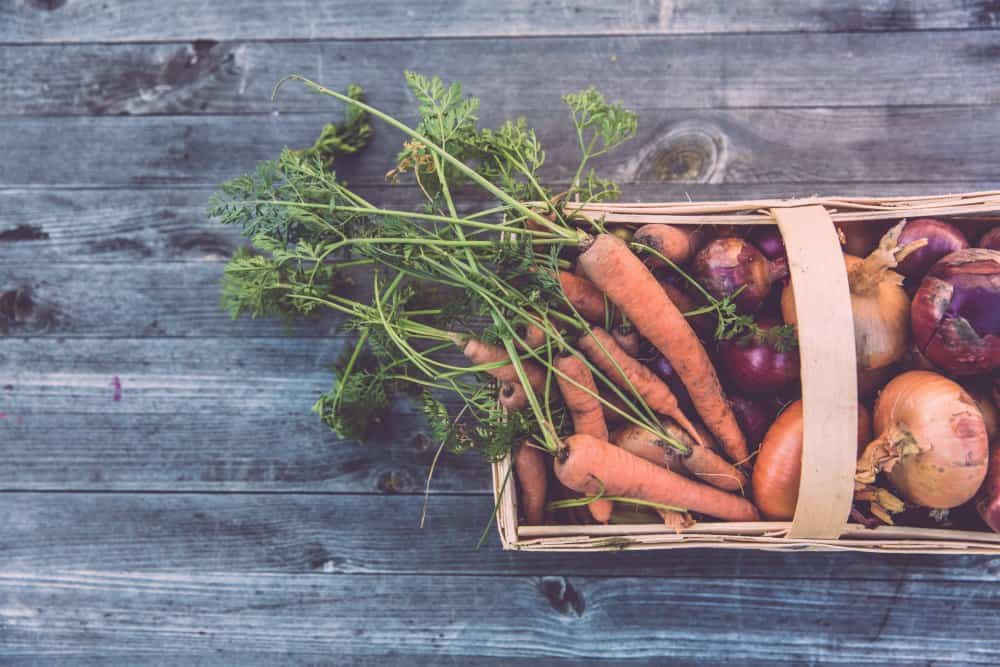
Photo by Markus Spiske on Unsplash
Financial Savings of Organic Gardening
It seems as if every autumn, I’m writing something about the rewards and financial savings off organic gardening. Last fall, it was 79 pounds of sweet potatoes from my $16 investment. This year, it’s carrots. I guess that’s because autumn is harvest time. I’m busy pulling carrots, gathering peppers, and canning, blanching, and freezing everything I can before the first frost. I sometimes feel like a squirrel gathering acorns for fall with the exception that I always remember where I’ve stashed my loot.
This morning, it was too rainy, squishy and wet to do any gardening, but the carrots were overdue for harvesting. I’d purchased five large freezer containers to store them and my plan was to pull them up, clean and take the tops off outside so I could just run the bucket over to the compost pile and avoid getting dirt in the kitchen sink, then peel, coin, blanch and freeze them.
I couldn’t believe the heavy yield in the garden. I pulled up about a quarter of what was growing out there and I ended up freezing approximately 10 cups of carrots.
I spent 99 cents on a package of seeds. Assuming that a can of organic carrots is $1 – and it’s probably more expensive than that, but I have only seen conventional in my local supermarket, so I’m going by that price – that a 10x profit from my investment.

Photo by Markus Spiske on Unsplash
Carrots are some of the easiest vegetables to grow. What do you do to grow them? NOTHING. At least I don’t do anything. I directly sow the seeds into the soil in the raised beds once the last danger of frost is past, and that’s it. I weed early in the season but after the carrots begin to form, weeding tends to pull up immature carrots along with the big clumps of crabgrass and whatnot that spring up in the beds, so I just leave the weeds. When I pull up the carrots, I pull up the weeds.
I do not have a pressure canner, but if I did, I’d can the carrots instead of freezing them. Both methods are helpful but I would prefer canned carrots just in case we get a power outage of some sort.
I now have stacked containers of carrots in the freezer. I found a recipe for spiced pickled carrots that can be safely canned in the hot water bath canner, so that’s a project for later this week, along with canning the last of the beets.
$1 worth of seeds yields at least $10 worth of produce.
Let me ask you, if your stock market portfolio or bank account paid that kind of dividend, wouldn’t you invest in it?
Get growing! Grow your own food. Not only will you save money, you’ll have better quality food. It’s fresher. You know what’s in it and what’s not (as in – no pesticides or chemical fertilizer used on my carrots.) And as I sit and type this, I feel a great sense of satisfaction knowing that I can feed my family some healthy vegetables, grown less than 20 feet from my kitchen door.
Organic vegetable gardening is wonderful!





That is a great return. We tend to just eat the carrots through the summer though so I never put any up, but since my hubby loves carrots it’s all good.